
Review on 🔌 Enhanced Integrated Protection by Cutler Hammer by Eddie Duncan

The easy way to comply with the new 2014 NEC Rules is to keep your family safe and secure in your home!
Let me start by saying I am NOT a professional electrician but for most of my life I have been interested in and worked with electrical systems in Europe and the USA. My house was built in 2014. and has been fitted with AFCI circuit breakers for a range of NEC regulated residential areas such as bedrooms, living rooms etc. Circuits for bathrooms, kitchens, laundry rooms, etc. protected by GFCI outlets have simple circuit breakers. To my knowledge, the new NEC 2014 regulations require GFCI protection for previously excluded circuits such as a dishwasher, garbage chute, refrigerator, extractor hood, washing machine, etc. and AFCI protection for previously excluded areas such as a kitchen, laundry, etc.e This essentially means, that you need both GFCI and AFCI protection for most living areas of the home. In my opinion, the easiest way to achieve this is to install a GFCI + AFCI circuit breaker in your load center so that it is easily accessible (required by NEC regulations), easily tested and verified, and protects the entire circuit. I've read that having a GFCI switch in a circuit with one or more GFCI outputs is not a problem, but finding which one works can be a bit more difficult. I believe it's possible to remove the GFCI sockets since the switch now provides that protection (ask your professional electrician!), but some may prefer to leave them on so they can reset the socket instead to go to the switch. In my case, the switch is in the garage, so it's not hard to go there to fix the problem. I don't know what triggers the requirement to update AFCI/GFCI home security when your existing home was built on an older NEC version. Rules but I prefer to add protection for my family's safety. Installation is very easy, but you must have it installed by a licensed electrician. One problem you might run into when installing is that loads controlled by traditional circuit breakers might have shorter neutral wires since they're likely attached to the neutral bar on the side. If you replace the AFCI switches you should be fine as they share the same connectors as this AFCI/GFCI switch. One of my links was: [.] And the excerpt is pasted below: 210.8(A)(7) GFCI Protection for Personnel. residential units. Any single-phase 125V, 15A, or 20A outlet within 6 feet of the outside edge of a sink in a dwelling is now required to have Ground Fault Protection (GFCI). This requirement now applies to kitchens as well as other areas of the dwelling. This includes a trash can, refrigerator, or range hood if they are within 6 feet of a sink. The clearance doesn't have to be horizontal, so a bin on a kitchen island needs GFCI protection if the shortest path to the sink is less than 6 feet. 210.8(A)(10) GFCI Protection for Personnel. residential units. Washrooms. Outlets in unit laundries are now required to be GFCI protected. This includes a washing machine socket and RCD sockets should be easily accessible. 210.8(D) RCD protection for personnel. Branch chain for a kitchen dishwasher. This new 2014 NEC section requires that kitchen dishwasher sockets now have GFCI protection, regardless of how the dishwasher is installed. Protection can be provided by a residual current circuit breaker or a socket. Electronically controlled dishwashers are prone to end-of-life failures, increasing the risk of electrocution for the user, so GFCI protection de-energizes the outlet for ground faults of 6mA or more. 210.12(A) AFCI protection. Habitat. In addition to family rooms, dining rooms, living rooms, living rooms, libraries, study rooms, bedrooms, sunrooms, break rooms, restrooms, hallways or similar spaces or areas, kitchens and laundry rooms now also need AFCI protection. The AFCI protection must be installed in an easily accessible location. If required, a common method is to install an AFCI protected circuit breaker on the panel and a GFCI protected outlet.
- Arc Fault Circuit Breakers
- No Circuit Breaker
New products
Comments (0)
Top products in 👷♀️ Circuit Protection Products

🔌 Bussmann GMA 5A Acting Cartridge Listed: Reliable and Efficient Cartridge Fuse for Your Automotive Needs

7 Review
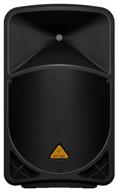
Acoustic system BEHRINGER Eurolive B115D black

11 Review

Square HOMT2020 Circuit Breaker Homeline

7 Review
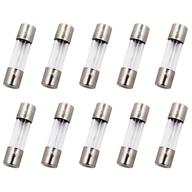
125V Industrial Electrical Fast Blow Glass Fuses - SIXQJZML Enhanced SEO

9 Review
Another interesting products

MIDI keyboard Axelvox KEY49j white

22 Review
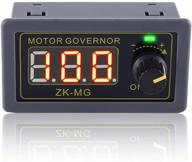
Adjustable Regulator Generator PEMENOL Controller

9 Review
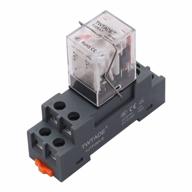
TWTADE/AC 24V 10A Coil Electromagnetic Power Relay 8 Pins 2DPT 2NO+2NC With Indicator Light And Socket Base -YJ2N-LY

9 Review
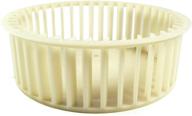
🌀 NuTone 5901A000 Blower Wheel Assembly: Superior Efficiency and Performance

9 Review

